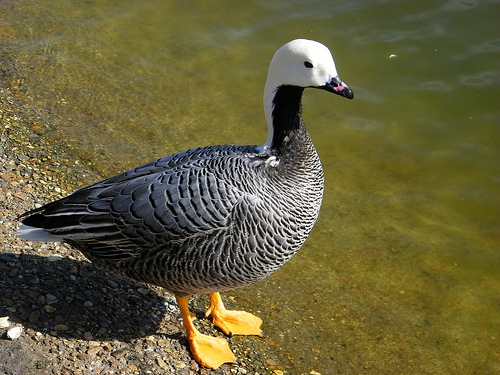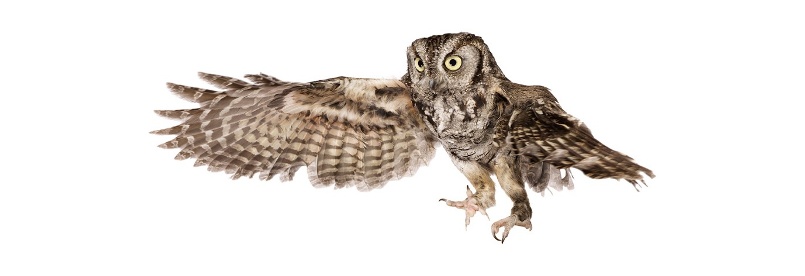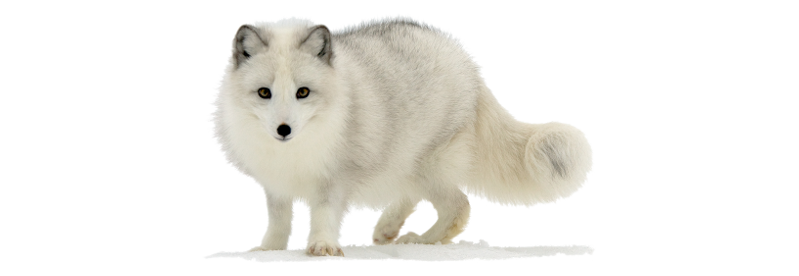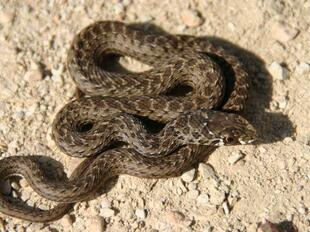
Emperor goose(Chen canagica)
Phylum —chordata
Class — aves
Order — anseriformes
Family — anatidae
Genus – chen
Appearance
Adult emperor geese are small waterfowl averaging less than 3 kg and around 69 cm in length. They are sexually monomorphic with males averaging only slightly heavier than females. Emperor geese exhibit an entirely white head and nape of neck that often becomes stained a rust color by iron oxide present in a number of tidal ponds. Chin and throat are black with the rest of the body covered in gray plumage barred with black and white. Their beaks are short and light pink while their webbed feet are a bright orange. Tail feathers are white with black undertail coverts. Goslings are covered in downy gray feathers and usually have a black beak.
Habitat
Emperor goose is most commonly found along the Bering Sea. Main breeding populations are found in Arctic and subarctic Alaska, parts of Canada, as well as northeast Russia. They breed mainly around the Yukon-Kuskokwim Delta in Alaska. Most populations of emperor geese migrate to the Aleutian Islands during the winter.
Behavior
Large groups of emperor geese begin their annual spring migration from their wintering grounds in the Aleutian Islands of Alaska or the Commander Islands of Russia in early March. These geese move over Bristol Bay and arrive on the Yukon-Kuskokwim Delta between early and mid May. Geese take advantage of these rich spring feeding grounds, preparing for early summer nesting. Between late May and early June, geese arrive at their breeding grounds on the Seward Peninsula, St. Lawrence Island, and Siberia. Autumn migration reverses the path with emperor geese leaving in late August and early September, and arriving back at the Aleutian Islands by the end of November.
Migration is highly dependent on ice break-up and weather conditions, with birds migrating onto spring feeding grounds as ice disappears. Poor weather conditions may keep geese from traveling to their next destination while particularly good weather may allow geese to take advantage of good feeding grounds for longer periods of time. Distance traveled between wintering and nesting sites range from 650 to over 2500 km.
While on their wintering or nesting grounds, emperor geese are relatively sedentary. Especially when nesting, pairs have relatively little to do with other individuals with the exception of defensive behavior if another goose gets too close. During non-migration seasons, emperor geese walk or swim much more regularly than they fly.
Like most geese, emperor geese are particularly well adapted to swimming and swim at all times of year. When approached by a land predator, emperor geese are most likely to run toward water and swim to a safer area. Goslings have even been seen diving to avoid aerial predators.
Diet
Emperor geese feed on seaweed; eelgrass; sea lettuce; algae; beach rye; beach pea; sea beach sandwort; grasses and sedges; crowberries and mollusks and crustaceans found in intertidal areas, salt marshes and tundra meadows.
Reproduction
Emperor geese exhibit a monogamous mating system, and will bond with a different goose only if the previous mate dies.
Upon arriving at the nesting grounds, females begin building nests. Eggs are normally laid within the first 10 days after arrival. Clutch size ranges from 3 to 8 eggs with an average of 5. Females incubate the eggs for 24 or 25 days, after which the goslings hatch over a 10 day period. Goslings hatched earlier in the breeding season have a much higher likelihood of surviving the following winter. Most goslings are fully feathered 30 to 47 days after hatching and are able to fly at 50 to 60 days old. Goslings remain close to their parents through the first winter and have even been noted to return to breeding ground with parents the following spring. Though young geese may return to breeding grounds early in life, most females do not lay eggs of their own until 3 to 4 years of age.
Females are solely responsible for selecting a nest site, building a nest, and incubating the eggs. The same nest site may be used multiple years. Pairs chase rival goose species, members of their own species, as well as juveniles from previous seasons, away from their nesting sites. While both males and females defend the nesting area, males are much more aggressive than females. While the female is incubating, males remain close to the nest to fend off predators and other geese.
Lifespan – up to 25 years in captivity, about 12 years in the wild.
In captivity
These birds are completely undemanding to the conditions in which they are kept. Due to their thick plumage, they can live at low temperatures in the cold season.
It is necessary to build a poultry house on the territory of the aviary. Geese will be able to hide in it from the cold and wind in the cold season. You need constantly to update the litter in the poultry house. For such bedding, you will need about 40 kg of dry straw (hay). It is important to replace the wet bedding in time. Otherwise, the plumage quickly becomes dirty and does not protect the bird from the cold.
The poultry house should be made of wood or mud. Humidity and drafts are not allowed in it. Proper maintenance of geese is the key to their health.
During the construction of a poultry house, it is very important to take into account that at least one square meter of floor space should be allocated for one adult goose. With a higher density, the room will quickly become polluted, and the air in it will stagnate. This can cause diseases of wild geese and significantly reduce their productivity. Once a year, you need to whitewash the walls with freshly slaked lime.
Wild geese that are kept in captivity eat wet or dry food. It is better to give preference to wet, which brings more benefits. Geese eat various vegetables, eat whey and fish. You need to feed them three times a day. These birds are unpretentious in food. The main thing is to make sure that the food does not sour. Geese are excellent swimmers and can feed on aquatic plants.
The diet of these birds depends on the time of year and should include:
- сake;
- bran;
- grain: young or whole;
- greens;
- hay;
- salt and special feed.
Drinking water for birds should be clean and in sufficient quantity.
 Russian
Russian
 English
English
























